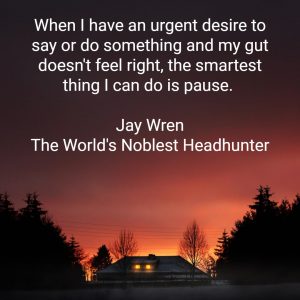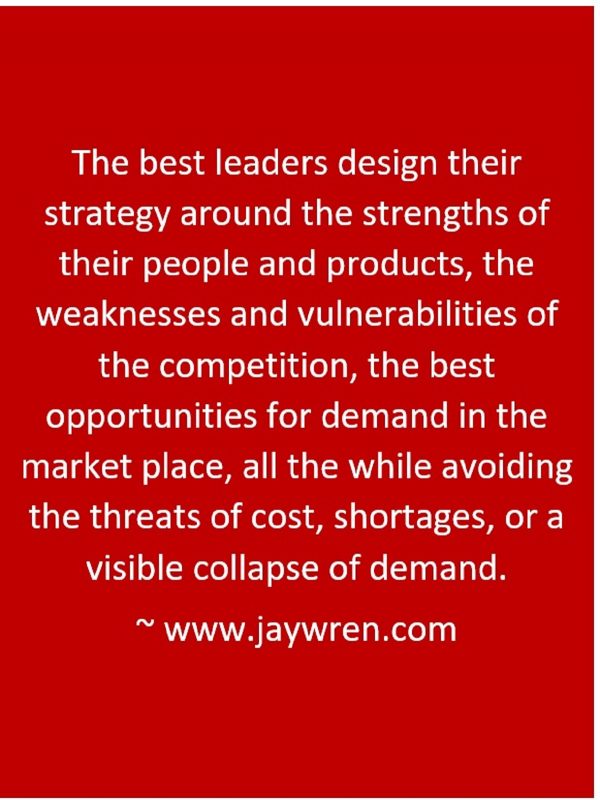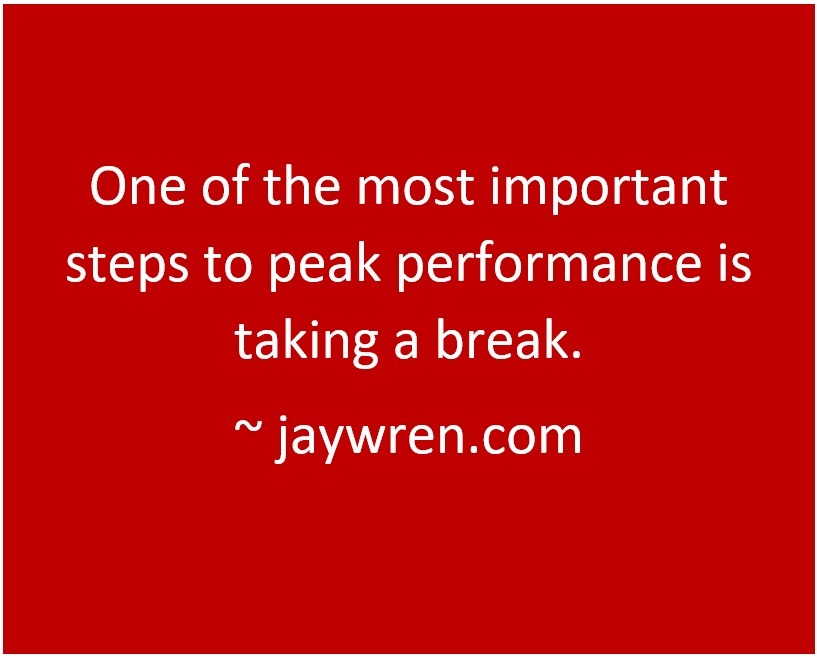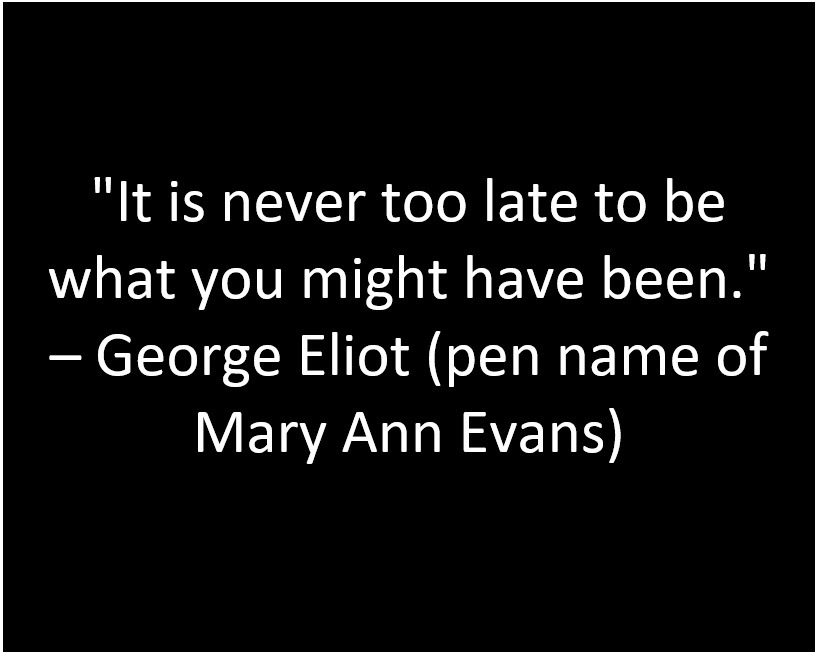Take breaks: I can become so absorbed in my work that I don’t realize that I am too tired to be effective. However, not stopping to rest is counterproductive. When I am pushing myself mentally and physically, I may complete less work. Moreover, I may deal with situations poorly. Not taking breaks can lead to mistakes. I am in fact wasting time that would be better spent working more efficiently after taking a break.
When I take breaks, I feel better. A break restores my energy. I feel refreshed. My attitude becomes healthier. I decompress. My mind clears. With a clear mind, I can focus on my work. My mind and emotions worked together more effectively (emotional intelligence). I reduce the risk of career burnout!
Warning Signs
Learn to recognize the warning signs that you need a break. Here are examples. Additionally, learn to treat warning signs as feedback that you are not at your peak level of performance.
- Loss of focus
- Worrying
- Fear
- Insecurity
- Regret
- Guilt
- Shortness of Temper
- Prolonged Feeling of Frustration
- Fatigue
- Hunger
Power Nap
A 20-minute power nap has been part of my lifestyle for years. Thomas Edison took power naps every day. President Ronald Reagan once said, “I have left orders to be awakened at any time in case of national emergency, even if I’m in a cabinet meeting.” There is no shame in resting your eyes, mind, and body.
Quiet Lunch
I knew a marketing manager who required his people to eat lunch at their desk. Eating helps restore my energy. It calms my nerves. But when I am trying to eat and work at the same time, three things happen and none of them is good. I enjoy my meal less. My mind must shift back and forth from my meal to my work. Moreover, when working with my hands, I must go back and forth between handling my food and doing my work.
On the other hand, going to a quiet place to eat has is refreshing. Like taking a nap, I give my mind a rest. Anxiety, mental clutter, fatigue may disappear. Meeting a friend for lunch may help even more.
Physical Activity
Physical activity is a helpful way to take breaks. Just walk around a different block. Generally, I leave my work behind for twenty minutes. I go someplace new when you can. It is refreshing to take a different route and go at different times of day. Walking burns away restlessness and anxiety.
With the pressures of body image, we lose sight of the importance of being mentally healthy. In walking 20 minutes, most people burn around 100 calories. The biggest benefit is between your ears. You think better. Even if you work out before or after work, a daily walk is well worth the mental gains.
An Aside
Leaving your desk to exercise does give your mind a break. For additional opportunities for exercise, there are things you can do to exercise at your desk. As you are rearranging things on your desktop, stand up. When you are talking on the phone, stand up. When you are returning or retrieving things from your desktop to your desk drawers, stand up.
While you are working at your desk, tighten your stomach, leg, chest, shoulder, ankles, feet and neck. Roll your ankles. Arch your back. Stretch your arms. As you pause from typing or when you are on the phone, roll your neck.
Take Breaks: Department of Labor
The Department of Labor provides a list of minimum paid meal breaks and rest breaks.
“Federal law does not require lunch or coffee breaks. However, when employers do offer short breaks (usually lasting about 5 to 20 minutes), federal law considers the breaks as compensable work hours that would be included in the sum of hours worked during the workweek and considered in determining if overtime was worked. Unauthorized extensions of authorized work breaks need not be counted as hours worked when the employer has expressly and unambiguously communicated to the employee that the authorized break may only last for a specific length of time, that any extension of the break is contrary to the employer’s rules, and any extension of the break will be punished.
Meal periods (typically lasting at least 30 minutes), serve a different purpose than coffee or snack breaks and, thus, are not work time and are not compensable.”
Balanced Life
Successful people live a balanced life. They work hard. Sometimes they push themselves to finish a project, even weeks at a time. But they know how to take breaks. In addition to work breaks, they take time for the people in their life. They make wise choices in the food they eat. Additionally, they take time to exercise. A time to rest is part of their daily routine. They take time for recreation and entertainment. They live a balanced life. Every aspect of a balanced life is a way to take breaks.










